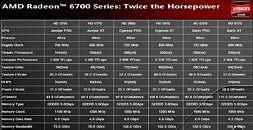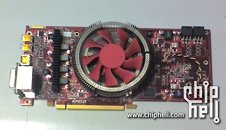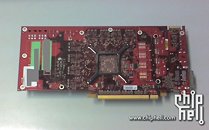
Radeon HD 6000 Series Launch Delayed to November
AMD has reportedly delayed the launch of its much talked about Radeon HD 6000 series graphics processors from its expected date of October 12, to November, 2010. Whatever be the company's motive behind this delay, it creates room for NVIDIA to release new lower-mainstream and entry-level products. Perhaps AMD wants to make sure media-attention isn't split between HD 6000 series launch, and those of NVIDIA's GeForce 400 series spread throughout October.
These include the GeForce GT 430. Apart from new GPUs, NVIDIA is also said to be lowering the prices of some of its key SKUs, including the GeForce GTX 460 768 MB, and previous-generation GeForce GT 220. Meanwhile, it is increasingly looking like the first Radeon HD 6000 series SKUs will be based on the "Barts" die, these SKUs will succeed the Radeon HD 5700 series, and restore competitiveness against key NVIDIA SKUs.
These include the GeForce GT 430. Apart from new GPUs, NVIDIA is also said to be lowering the prices of some of its key SKUs, including the GeForce GTX 460 768 MB, and previous-generation GeForce GT 220. Meanwhile, it is increasingly looking like the first Radeon HD 6000 series SKUs will be based on the "Barts" die, these SKUs will succeed the Radeon HD 5700 series, and restore competitiveness against key NVIDIA SKUs.


